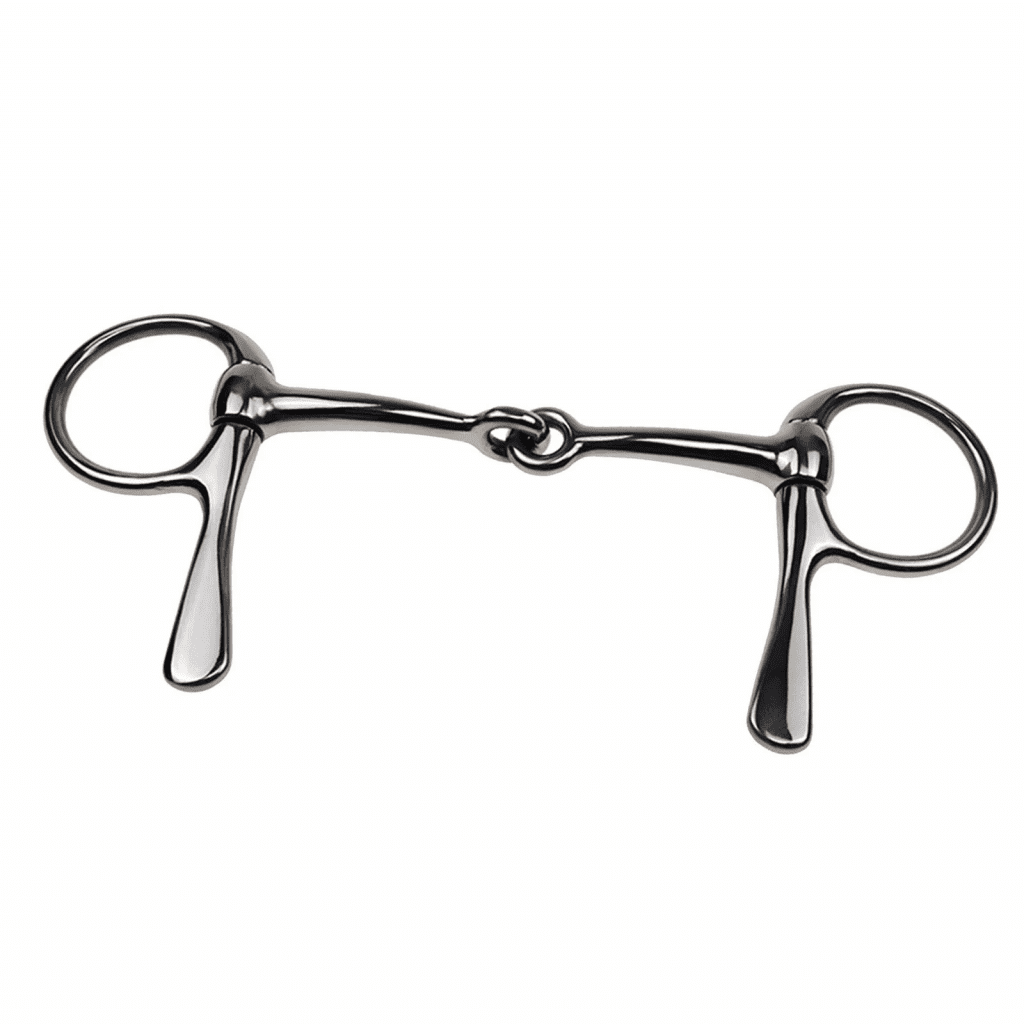Discovering the Horse Bit: A Time-Honored Symbol of Strength and Control
In a world rapidly changing, certain artifacts remind us of a time when metal and spirit worked hand in hand. One such relic is the horse bit, a tool steeped in history and rich with stories of endurance and trust. If you’re familiar with this item, you may feel a deep connection to a nearly forgotten era—one where steel bridged the gap between human and animal.
What is a Horse Bit?
The horse bit, or “ngậm sắt ngựa” as it is known in Vietnamese, is an integral part of the horse’s bridle. Positioned within the horse’s mouth, it allows the rider to control the horse’s direction, speed, and responsiveness through gentle pressure applied to the reins. While it may appear simple at first glance, this small but mighty piece of equipment plays a key role in establishing communication between rider and horse.

Components of a Horse Bit
A typical horse bit consists of:
- Two Rings: These connect to the reins, providing leverage and control.
- Mouthpiece: The central piece that rests inside the horse’s mouth, often crafted from metal or other materials to ensure comfort and function.
- A Small Joint: This part connects the rings and mouthpiece, allowing for greater flexibility and helping the horse respond to the slightest pressure.
The Origins and History of the Horse Bit
The first horse bits date back over 3,000 years to the Bronze Age, discovered in archaeological sites in Central Asia, the heart of the nomadic tribes who were masters of horse training. As time progressed, the Greeks and Romans refined the design to suit their needs for combat, travel, and sport.
By the 18th and 19th centuries, with horses becoming the primary mode of transportation for European and American aristocrats, the horse bit underwent various refinements to cater to different purposes. Whether it was for formal riding, carriage pulling, or farm use, each modification was crafted with care and attention to the task at hand.
Video : The effects of the bit part 1
Different Types of Horse Bits
- Snaffle Bit: The most common and lightest type, allowing direct control through the reins. This is the type you see in the image, often used by riders of all levels for general riding.
- Curb Bit: Known for its leverage mechanism, this bit offers stronger control, typically used by professional riders.
- Pelham Bit / Double Bridle: Often used in advanced equestrian disciplines like racing and dressage, it combines the effects of two different types of pressure.
The Cultural Significance of the Horse Bit
Beyond its practical use, the horse bit holds deep cultural significance, particularly in the West. It represents not only control and strength but also the bond between rider and horse. The image of the “bit and bridle” often appears in American art, literature, and film as a metaphor for:
- The Desire for Freedom Yet Bound by Constraints: The horse, a symbol of untamed freedom, is controlled by the reins, representing the tension between personal desires and societal limits.
- The Connection Between Humans and Animals: The horse bit symbolizes a unique bond formed through mutual understanding and respect.
- The Spirit of “Taming the Wild”: In many Western narratives, the horse is a symbol of nature itself, and the bit serves as a tool to tame it.
Today, vintage collections of “tack” (horse-related equipment) in the U.S. treat these rusty bits as relics of the Old West, embodying the spirit of cowboys and pioneers who relied on horses for survival.

A Legacy in Rust: The Enduring Appeal of the Horse Bit
As we look at the rusted bits of a bygone era, it’s easy to feel the weight of history in our hands. These pieces, now relics of a nearly vanished world, carry with them stories of endurance, trust, and the unbreakable bond between man and beast. Whether displayed in a collector’s home or hanging on a barn wall, each piece of rusted metal serves as a testament to a time when steel and spirit worked in harmony, shaping the course of history.
In Conclusion
The horse bit, a simple yet powerful object, carries the weight of over 3,000 years of history. From its beginnings in the Bronze Age to its place in Western culture today, the bit is more than just a tool—it’s a symbol of control, strength, and the unbreakable connection between humans and nature. So, the next time you see a bit, remember the enduring legacy it represents, and perhaps, take a moment to appreciate the silent stories that every bit of rust has to tell.
Video : Horse Bits: How They Work and When to Use